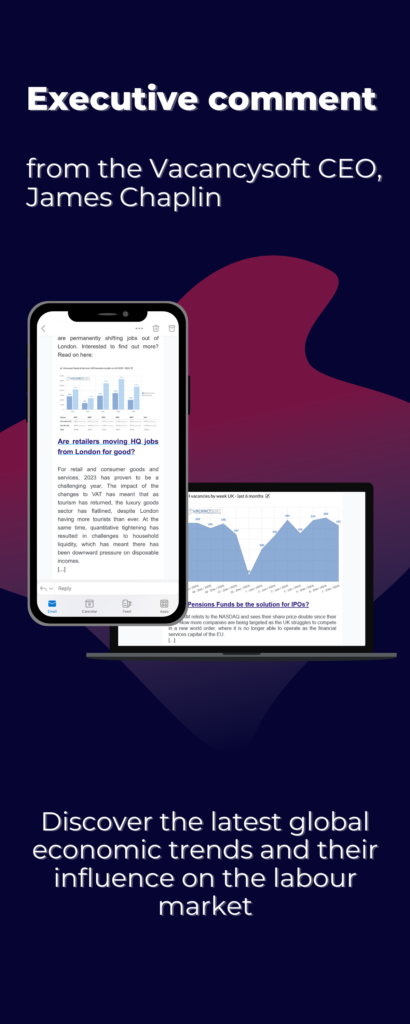
One of the biggest changes to emerge from the global financial crisis was the increased importance of data. While data has always been seen as an essential tool in determining performance, typically it had been kept in departmental silos. Business operations would ascertain productivity, commercial departments would need to determine market demand and sales performance, while finance would capture data on underlying profitability. However, decisions would typically be made using a qualitative approach, where the consequences were clear to see as the markets unravelled. Meanwhile, people who actually interrogated data were able to identify the underlying activity and form a winning strategy (as seen in the film The Big Short.)
Suddenly all large businesses wanted information to drive their decision-making, leading to the proliferation of data generation. Indeed, There are 3.5 quintillion bytes of data created each day at our current pace, but that pace is only accelerating with the growth of the Internet of Things (IoT). Over the last two years alone 90 percent of the data in the world was generated. As the amount of data available has exploded so have the tools available to analyse it, resulting in the rise of Business Intelligence solutions.
According to Bain & Co study, large businesses that have been early adopters of BI have already gained a significant lead over the rest of the corporate world. Examining more than 400 large companies, they found that those with the most advanced analytics capabilities are outperforming competitors by a wide margin, whereby the leaders are:
- twice as likely to be in the top quartile of financial performance within their industries;
- five times as likely to make decisions much faster than market peers;
- three times as likely to execute decisions as intended;
- twice as likely to use data very frequently when making decisions.
In fact, BI data analytics platforms are becoming increasingly accessible for all sizes of businesses. No longer is it the case that a corporation has to invest significant amounts to get what it needs. Instead new solutions are emerging, such as Any Data Solutions, who position themselves as “Analytics as a Service,” a sign of the fragmentation starting to occur.
However internal business information is only half of the jigsaw. Businesses need to be able to marry up internal performance against macro market activity to truly analyse how effective they are. This is where market intelligence solutions come to the fore. Information on market activity can prove invaluable when determining business strategy, in terms of:
- Commercial performance
Take a scenario where a team is performing 10% worse year on year. With internal MI all you see is that they are performing worse year on year. Once you know how the market is performing you can contextualise the performance of that team. For example, if market activity is actually down 50%, arguably that team has significantly over delivered.
- Resource allocation
Alternatively, imagine your business is planning to expand through hiring junior consultants. What about if you could assign them to the fastest growing parts of the market, so align your business growth to overall market activity?
- Thought leadership
The recruitment industry is ferociously competitive. Through using business intelligence solutions you can design your own thought leadership programmes based on hard data, enabling you to provide your clients with meaningful insight on market activity, building your brand and giving you a way of differentiating from your competitors as result.
At Vacancysoft, we are already working with leading recruiters on bespoke solutions. Please contact us to find out more!


